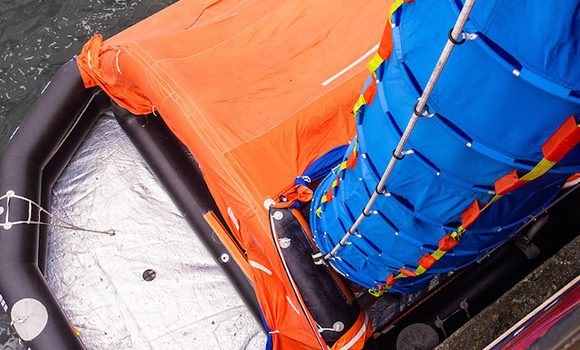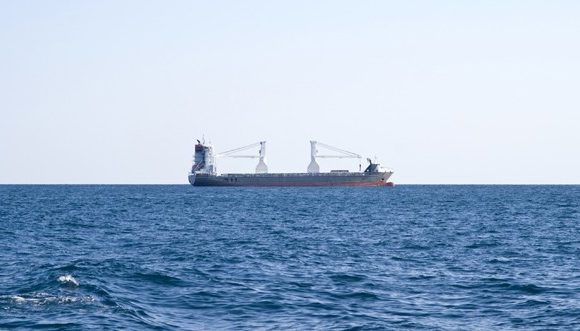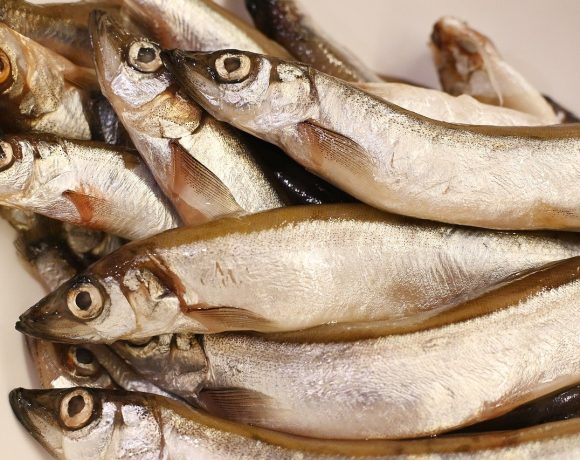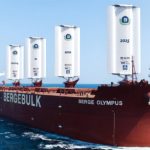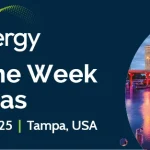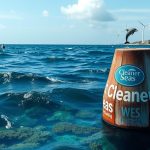Livewires: Ballast Water – RWO Continues Its Success Story With Eanballast
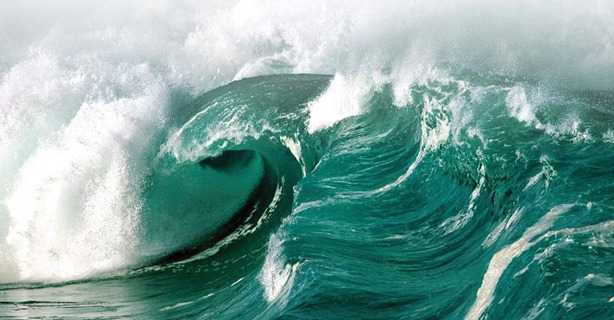
FOUR BALLAST WATER TREATMENT PLANTS ORDERED FOR NEW 4,800 TEU VESSELS TO BE BUILT AT CHINESE SHIPYARD
Bremen, April 3rd, 2012 – After careful comparison and in-depth analysis, German owner Hansa Shipping together with Chinese shipyard Jiangsu New Yangzi Shipbuilding have decided to equip four new 4,800 TEU vessels with the German ballast water treatment technology CleanBallast® by RWO, a subsidiary of VeoliaWater Solutions & Technologies. The plants will be delivered during the course of 2012.
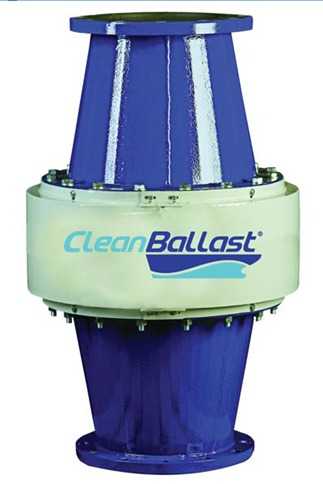 “We have picked RWO knowing that we are dealing with a sensitive and important task for the future. RWO has long and comprehensive knowledge as well as sustainable experience in marine water processing. Therefore, we are absolutely convinced we will have the right partner in achieving excellent performance” says Dejan Golub, Superintendent of Hansa Shipping GmbH & CO KG. “We trust that the technical solution of the RWO system, using a reliable, powerful and redundant filtration system together with the well proven electrochemical disinfection unit, will bring us the benefit of meeting even stricter requirements than the present ones.”
“We have picked RWO knowing that we are dealing with a sensitive and important task for the future. RWO has long and comprehensive knowledge as well as sustainable experience in marine water processing. Therefore, we are absolutely convinced we will have the right partner in achieving excellent performance” says Dejan Golub, Superintendent of Hansa Shipping GmbH & CO KG. “We trust that the technical solution of the RWO system, using a reliable, powerful and redundant filtration system together with the well proven electrochemical disinfection unit, will bring us the benefit of meeting even stricter requirements than the present ones.”
In addition to the CleanBallast® ballast water treatment systems, Hansa Shipping GmbH has decided to complete the water treatment system of the new vessels with further one-stop-shop solutions. For onboard sewage treatment, RWO’sWWT-LC plants will be installed, as well as its oilwaterseparators SKIT/S-DEB to ensure best results in treating oily water.
The type-approved CleanBallast® technology has been extensively tested in and designed for real-life conditions, which is an essential prerequisite in order to guarantee a rapid and reliable intake of ballast water. The efficient removal of the sediments also considerably lowers tank-cleaning costs, prevents the loss of valuable load capacities and furthermore leads to fuel savings.
Currently, 36 CleanBallast® systems have already been successfully put into commercial operation. The start-up of most of these units took place in China where they were tested with water from the Yangtze River, one of the most difficult ballast waters in the world.

